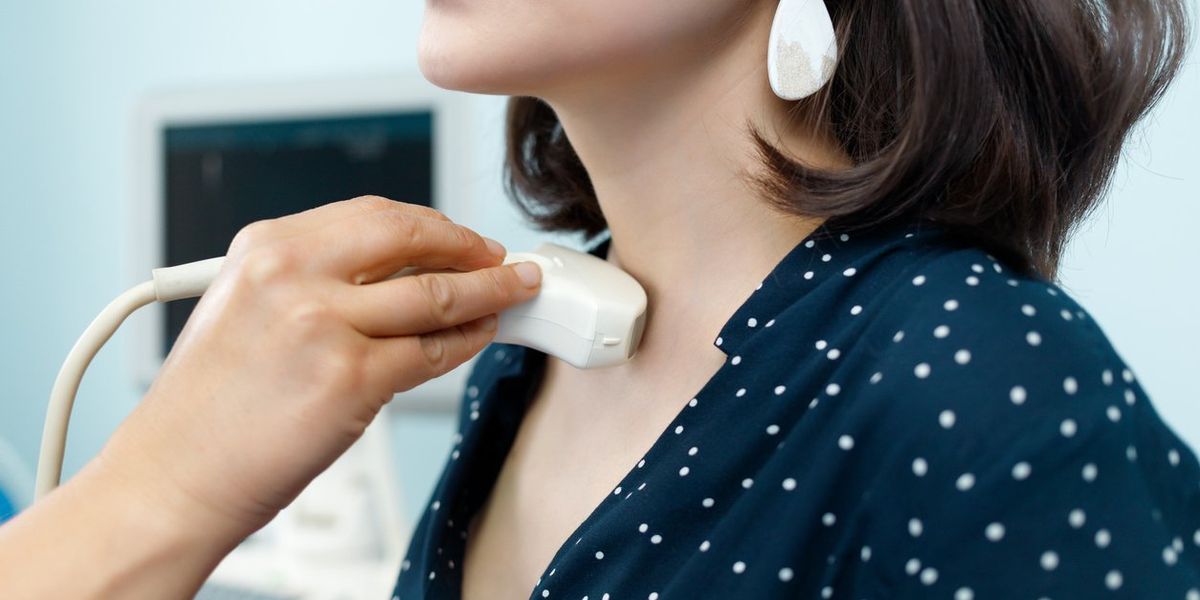Your baby’s heart rate is usually monitored during labor. This is called fetal heart rate monitoring. It is done to track your baby’s heart rate. Your doctor uses special equipment to listen to your baby’s heartbeat. This helps the doctor detect problems with the baby if they develop. It also helps reassure you and your doctor that labor is proceeding normally.
Path to better health
Your doctor will want to monitor your baby during delivery. The easiest way to do this is by monitoring the fetal heart rate. He or she will be able to see how your baby is handling the contractions. It helps them make sure the baby is okay.
Your doctor can monitor the baby either externally or internally. Externally it means that the sensors that monitor the baby are outside of her body. Internally means that the sensors are placed inside her body. Most women are monitored externally. Internal monitoring may be used if there is cause for concern or the doctor needs more accurate information.
External monitoring
The simplest form of monitoring is called auscultation. This is a method of periodically listening to the baby’s heart rate. Your doctor will use a special stethoscope or a device called a Doppler transducer. He or she will press the device against your abdomen to listen to the baby’s heartbeat. They will do this at set times during labor, such as every 30 minutes. If you are at risk for problems or if problems arise during delivery, you will be examined more often. Some women prefer auscultation because it gives them freedom to move during labor.
The most common form of monitoring is external electronic fetal monitoring. This is when sensors are placed in the abdomen. The baby’s heart rate is monitored continuously. The instruments record both the baby’s heartbeat and contractions. This helps your doctor see how your baby responds to contractions. The recording does not stop. Your doctor can check on you at certain times and see how your labor went overall. The sensors remain in your abdomen throughout labor. It is usually necessary to stay in bed most of the time.
Internal monitoring
In this method, an electrode connected to a wire is placed directly on the baby. This monitors the heartbeat. A sensor is attached to your leg. The electrode is passed through the cervix to the uterus. There it is attached to your baby’s scalp. A small tube may also be inserted to measure contractions. Both can provide more accurate measurements of your baby’s heartbeat and contractions.
This type of monitoring is usually done if the external monitor does not capture well. This could be because you move a lot or if you are obese. Your doctor may want a more accurate reading for other reasons. These could include risk factors or possible complications. This method can only be used if your cervix is dilating and your water has broken.
Pros and cons
Some women don’t want to be constantly monitored. You can’t move with it. Eliminate options for pain relief during childbirth, such as walking. However, many doctors want you to do it. Your wishes could affect where you choose to have your baby. For example, you will not have electronic fetal monitoring in birthing centers or at home. If you do not want ongoing monitoring, talk to your doctor as soon as possible.
Fetal monitoring can sometimes detect a problem when there isn’t one. If it shows an irregularity, your doctor may decide that your baby should be born earlier. He or she may recommend that you give you medicine to speed up labor. Or they might decide to use forceps or a vacuum-assisted delivery. But sometimes the irregularity might not indicate anything. Then the baby is born early and with assistance for no reason.
What type of monitoring do I need?
Auscultation is generally considered an acceptable form of monitoring if:
- Your pregnancy is low risk.
- She has had no complications during childbirth.
You will need ongoing monitoring if:
- You have a high-risk pregnancy.
- Complications develop during childbirth.
- You have an epidural for pain.
- You should receive medications (oxytocin/pitocin) to induce or speed up labor.
Things to consider
What is considered normal for my baby’s heartbeat?
Indications that everything is fine with the baby include:
- Heartbeat between 110 and 160 beats per minute.
- The heart rate increases when the baby moves.
- The heart rate increases during contractions.
- The heart rate returns to normal after the baby moves or after a contraction.
- Your contractions are strong and regular during labor.
What is not normal for my baby’s heart rate?
Signs that there might be a problem include:
- Heartbeat is less than 110 beats per minute.
- The heartbeat is more than 160 beats per minute.
- The heartbeat is irregular or does not increase when the baby moves or during contractions.
What happens if my doctor detects a problem?
Changes in heart rate do not necessarily mean there is a problem. Some are natural, such as increasing when the baby moves or during a contraction. These changes are considered signs of your baby’s well-being. If your baby’s heart rate is very fast or slows, there are some simple changes your doctor may suggest:
- Changing position.
- Give more fluids intravenously.
- Giving him supplemental oxygen.
Other things your doctor might do include:
- Discontinue oxytocin if you have been receiving it.
- Give you medicine to relax the uterus. This decreases your contractions.
- Infuse sterile fluid into the uterus if water has broken.
If none of these interventions help, your doctor may consider speeding up labor. To do this, you could have an assisted birth. Your doctor uses forceps or a special vacuum to deliver your baby instead of waiting for contractions to push it out. Or they may suggest that you have a cesarean section.
Questions to ask your doctor
- Do you need fetal heart rate monitoring during labor?
- What are the advantages and disadvantages of it?
- Do I need continuous electronic fetal monitoring?
- Why would you need internal oversight? How is this done?
- What happens if my baby’s heart rate is abnormal?







